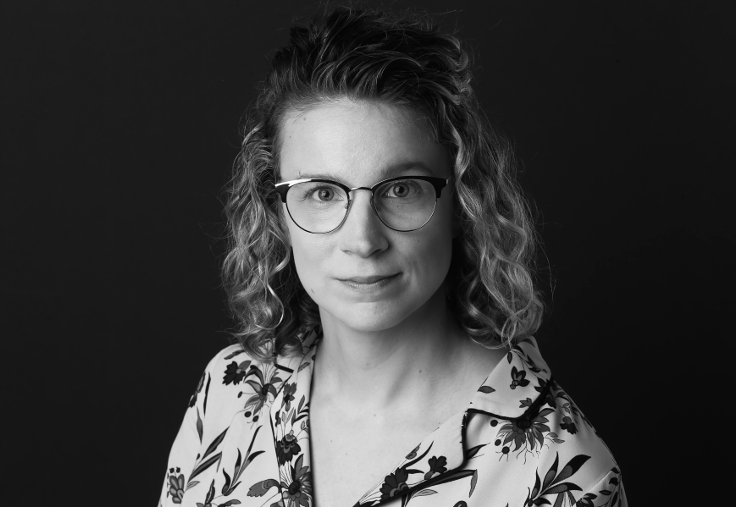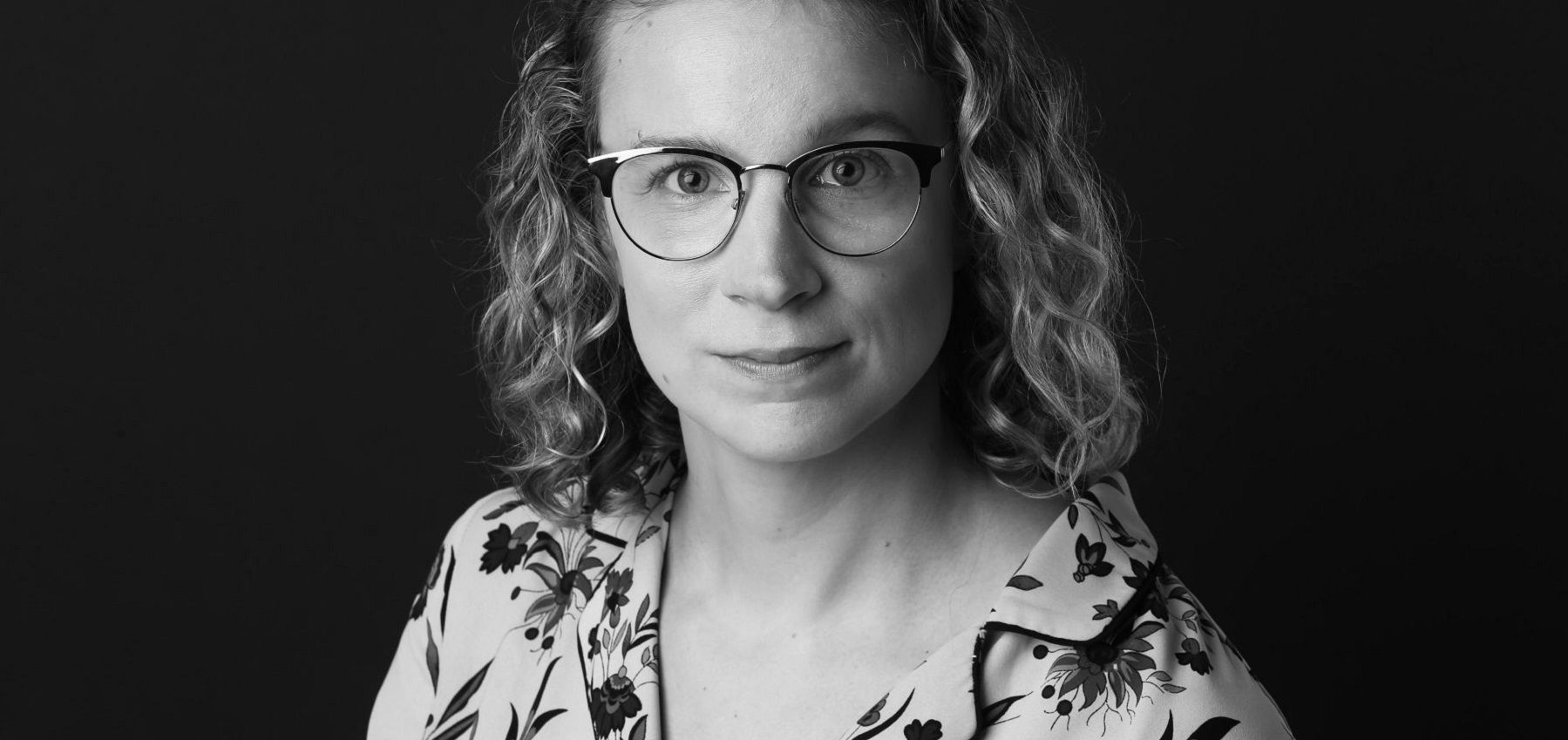In the world of journalism newsletters are a precious distribution channel
- Mis à jour le 28 2022
Jessica Anderson
Senior staff editor au The New York Times, Newsletters
Jessica Anderson is senior staff editor at The New York Times. Alongside Elisabeth Goodridge, editorial director for newsletters, she works on the creation of these rather unique columns for the renowned daily newspaper. How does the editing team succeed in continually innovating? We interviewed her to find out.
Why has The New York Times decided to focus so much on newsletters?
Jessica Anderson: We wanted smoother
interactions with our readers. Newsletters enable us to ask them questions that
they can reply to via our different email addresses. It's a way of strengthening
the bond with our readers, which is so unique and so important to us. By
subscribing to one of our newsletters they are telling us: "You can contact me
directly." It's a precious distribution channel that needs to be supplied and
maintained.
«Over 50 newsletters created by The New York Times»
How has The New York Times succeeded in continually innovating with its
newsletters? Do you have an R&D laboratory? J.A.: Ideas come from all four
corners of the editing room. I think that it's really in our interest to
encourage all of this creativity. Elisabeth [Goodridge] and I are seriously
thinking about setting up a laboratory. Sometimes we come up with new
innovations ourselves: it was Elisabeth's idea to launch the "Summer in the
City" newsletter, a kind of "best of" of things to do in New York. It seemed
logical given that we had such an incredible amount of information at our
disposal. She wanted to make something useful out of it, something tailor-made
for the summer season. In her view, we had all of the necessary content but
weren't necessarily presenting it in the most optimal way. And we also wanted
to target one kind of audience in particular: young New-Yorkers. You have now launched a few seasonal
newsletters that are similar in fashion to "Summer and the City". What
conclusions have you drawn from these experiences? J.A.: Following "Summer in the City"
we carried out a survey to which our readers responded enthusiastically. They
had really liked the newsletter and a large number of them urged us to continue
and to offer the same type of content for other seasons. Recently we launched a
new seasonal newsletter entitled "Abroad in America": it's an informative
gazette presented over a five-week period and contains everything you need to
know in order to understand the mid-term elections.
What is your mantra?
"Everything will work out just fine." Or something like that. I like to remind myself that, most of the time, pitfalls and obstacles are temporary and can almost always be overcome, if not immediately, at least in the long-term.
Who is your guru?
My best friend Matt. He always gives me excellent advice and helps me put things in perspective, and he's been doing so since we first meet in our freshman year of college.
How do you keep your chakras balanced?
I go both walking and running. It helps me to empty my head in order to purge any negative thoughts that are getting me down, and it also helps me to enjoy the present moment more.
What are your key performance indicators?
J.A.: The opening rate is very
important, in particular for newsletters that aim to provoke a response from
the reader, that is to say those that use the same tone as a letter. We look at
the response rate and the answers we receive via our different email addresses,
above all when we ask questions or ask readers for their help in order to write
articles. The click rate is also important, especially if the goal is to
redirect readers towards a signature article. It all depends on the objective
that we want the newsletter to reach, whether in terms of the general objective
or that of a specific issue of the newsletter: do we want the reading
experience to be limited simply to the reader receiving the newsletter in their
inbox? Do we want to open a dialogue? Or do we want to share an article of
particular interest with the reader?
You say that you want to offer an enriching experience to your readers via the newsletters. What are the advantages of newsletters over social networks?
J.A.: We want newsletters to be
examples of pure journalism. On Facebook or Twitter there is often an algorithm
that allows a third party to choose whether your article will reach a wide
audience or not. With a newsletter we are guaranteed to reach all of our
readers: we control the distribution. Another advantage for us is that everyone
has an email address and everyone knows how an inbox functions. It's ideal for
reaching readers who don't use Facebook or Twitter and therefore don't follow
us on those platforms. Everyone has a telephone and everyone consults their
inbox regularly, which is not necessarily the case with Facebook and Twitter.
With a newsletter we can contact people via a platform that they are already
using.
«1.6 million subscribers to the "US Morning Briefing" daily newsletter »
You launched the very first personalized newsletter, "Your Weekly Edition"...
J.A.: "Your Weekly
Edition" is one of those tailor-made newsletters that works via the use of
hyperlinks. Readers like it because it tells them what they may have missed or
what kind of articles might interest them. It's our way of steering readers
directly towards those articles. The articles that feature in this newsletter are
chosen by the editing team and then, with the aid of an algorithm and machine
learning technology, we distribute them to our readers based on their reading
preferences.
What is the recipe for a newsletter that is successful in terms of tone, format and analysis?
J.A.: When we launch a new product
its content, format and objective need to be clearly defined. The recipe must
be formulated like a promise to the reader, a promise that we need to be able
to keep with every issue. Sometimes newsletters are born out of very vague
ideas that are very difficult to transmit to readers. If they think they are
signing up for one thing and then receive another they are disappointed. We
want each newsletter that we launch to have a different voice embodied by a
different journalist. In the spring we launched "The Week in Good News". Des
Shoe, the journalist in charge of the intros, immediately knew how to capture
her audience's attention. People know that she's the one heading "The
Week in Good News" and picking the articles for it. The reactions that we
receive via email are all addressed directly to her. Associating a name with a
newsletter means ensuring that readers have the impression that they are part
of a real dialogue. You should never hesitate to try out new ideas either.
Based on readers' feedback, whether it be raw data (opening rate or click rate)
or comments received by email, you should let the data inspire you and utilize
it fully. Never hesitate to make changes in order to take into account readers'
remarks and offer them the content that they are looking for in a format that
they like and at the time that is convenient for them.
bio
Jessica Anderson,
Senior staff editor au The New York Times, Newsletters
Jessica Anderson est senior staff editor au The New York Times. Elle est diplômée d’une licence en journalisme et en relations internationales à l'Université Drake. Jessica Anderson a rejoint le Times en 2014.









Suivez-nous
|